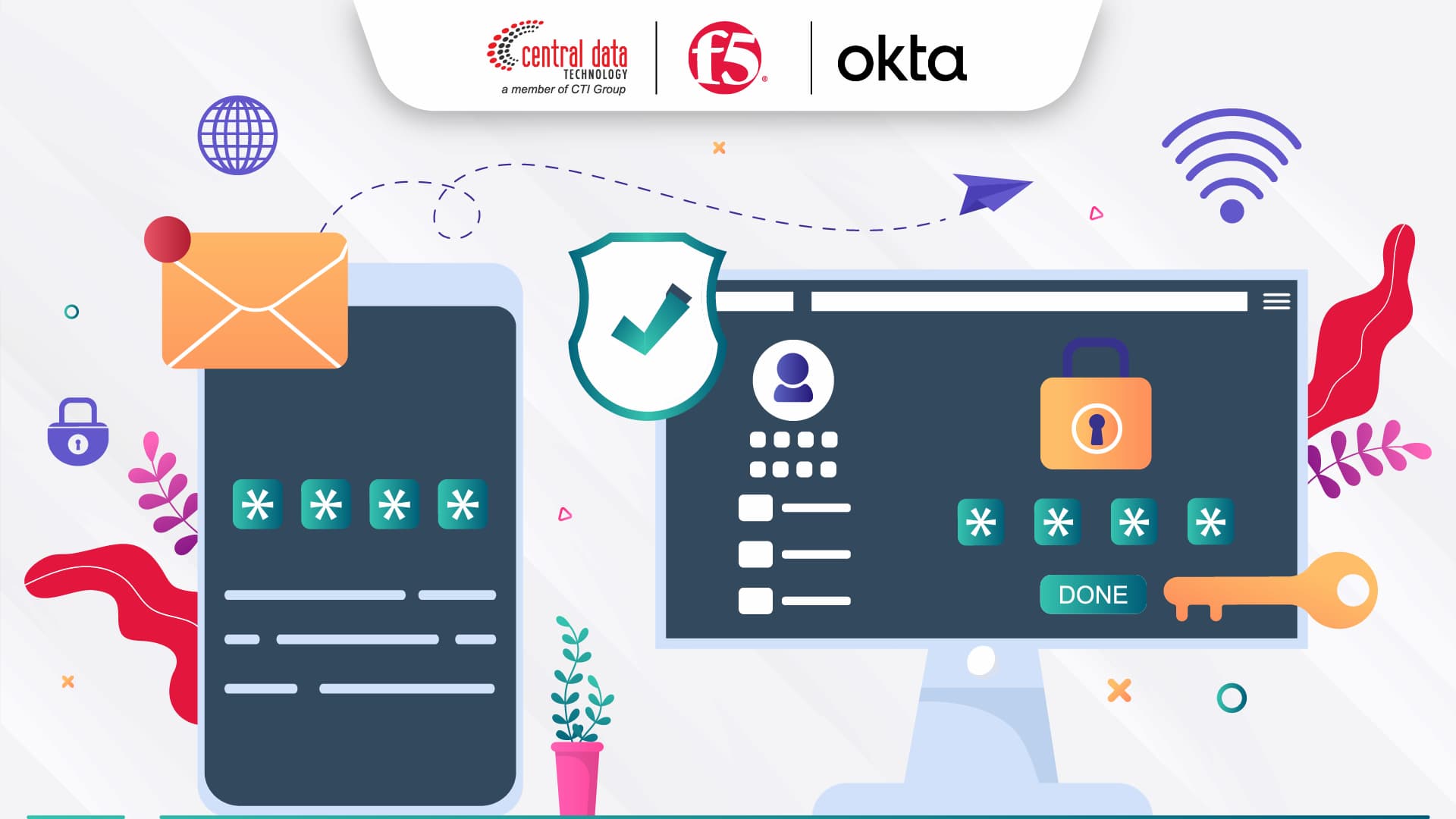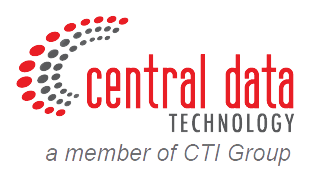
Relying solely on passwords for login is becoming increasingly risky. From weak passwords and reuse across multiple accounts to the growing number of credential leaks online, the threats are real. In fact, over 720 million login credentials were exposed in 2022 alone.
The good news is, there are ways to strengthen security beyond just passwords. Two of the most common and effective methods are Multi-Factor Authentication (MFA) and Single Sign-On (SSO). Both enhance security while improving user convenience, though they approach it in different ways.
What Are MFA and SSO?
Multi-Factor Authentication (MFA) requires more than one form of verification to log in, for example, a password combined with a one-time code (OTP) or a facial scan. This extra layer ensures that even if a password is compromised, the account remains protected.
Single Sign-On (SSO), on the other hand, simplifies login across multiple applications. Once a user signs in through an Identity Provider (IdP), the system automatically recognizes their identity for other apps without repeated logins. Its combination of convenience and security makes SSO widely used in government agencies, healthcare, and large enterprises.
Key Differences Between MFA and SSO
While both relate to authentication, MFA and SSO serve different purposes.
MFA focuses on security, adding an extra layer of protection beyond passwords to keep accounts safe even if primary credentials are compromised. SSO emphasizes convenience, allowing users to access multiple applications with a single login.
MFA is commonly used to protect applications, VPNs, and digital services, while SSO is often implemented for cloud-based applications with protocols like SAML. In short, MFA provides added security, and SSO provides simplified access.
Benefits and Challenges of Using SSO
SSO makes login more convenient by allowing users to remember just one password. The benefits are clear: fewer weak or reused passwords, improved productivity, and more efficient management for IT teams, including onboarding and handling password reset requests.
However, SSO also has its challenges. If the primary credentials are compromised, all connected applications become vulnerable. Additionally, since it relies on a centralized system, any downtime of the Identity Provider can block access to all services. These factors make SSO a prime target for cyberattacks, so it should be combined with additional security measures.
Read More: Everything You Should Know About Single Sign-On (SSO)
Benefits and Challenges of Using MFA
MFA adds extra security by requiring more than one authentication factor. This not only helps businesses comply with regulatory standards like PCI DSS, GDPR, HIPAA, and UU PDP, but also reduces the risk of costly data breaches. For users, MFA boosts confidence and trust in the organization’s security.
The challenge lies in usability; login can feel cumbersome if not designed thoughtfully. Secondary methods, like SMS codes, may still be vulnerable to phishing or SIM swapping. While MFA is far more secure than password-only login, careful implementation is essential for it to be fully effective.
Read More: What is Multi-Factor Authentication (MFA) and How Does It Works in Preventing Phishing Attack?
How MFA and SSO Work Together?
MFA and SSO are complementary, not mutually exclusive. SSO provides the convenience of a single login for multiple applications, while MFA adds an extra layer of protection on top.
When combined, users enjoy a smooth login experience without sacrificing security. For instance, mobile push authentication only requires a single tap on a smartphone. Users hardly notice the extra step, yet it is highly effective in preventing account breaches.
SSO, MFA, or Both: Which One is Right for You?
To enhance login security, MFA should generally be the first step. It has proven to significantly boost protection without overburdening users, especially when using phishing-resistant methods.
SSO, on the other hand, is better suited for organizational environments where users need access to multiple applications or sensitive data. In such scenarios, SSO combines ease of access with stronger security control. For niche apps or consumer-focused services, SSO may be less relevant.
In many cases, a combination of MFA and SSO is the ideal solution, striking a balance between user convenience and maximum organizational protection.
To implement MFA and SSO effectively, businesses need solutions that enhance security without sacrificing productivity. This is where CDT recommends F5 and Okta, specifically designed to address both security and seamless access needs.
F5 and Okta: A Trusted Duo for Secure and Convenient Access
F5 BIG-IP APM: Centralized Access Control
For managing access to applications, APIs, and data, F5 BIG-IP APM provides centralized, flexible control. It enables organizations to create context-aware access policies, based on device type, login location, and data sensitivity, through a single dashboard.
Additionally, F5 APM consolidates remote access, VPN, and web application access into one platform. For IT teams, this means simpler management, more consistent security, and a smoother access experience for users.
Okta: Adaptive MFA and SSO
While F5 focuses on access management, Okta strengthens user authentication and identity. Okta Adaptive MFA offers modern authentication methods such as biometrics, mobile push notifications, and smart cards, all designed to resist phishing while remaining user-friendly.
Meanwhile, Okta SSO simplifies access by allowing users to log in once for multiple applications. From an IT perspective, it streamlines identity management across cloud and on-premises systems via a centralized dashboard. The result? Organizations maintain full control over security, while users enjoy a practical, hassle-free login experience.
Now Enhance Security and Access Efficiency with CDT
Simplify access while strengthening your business security with SSO and MFA solutions from F5 and Okta, brought to you by Central Data Technology (CDT), part of the CTI Group.
As an authorized advanced partner of Okta and an official F5 distributor in Indonesia, CDT is ready to be your trusted partner, handling everything from consultation and implementation to after-sales support. All services are designed to make your company’s access management more efficient, secure, and easy to maintain.
Interested? Contact the CDT team today and discover how SSO and MFA solutions can improve both convenience and security across your business environment.
Author: Wilsa Azmalia Putri – Content Writer CTI Group

